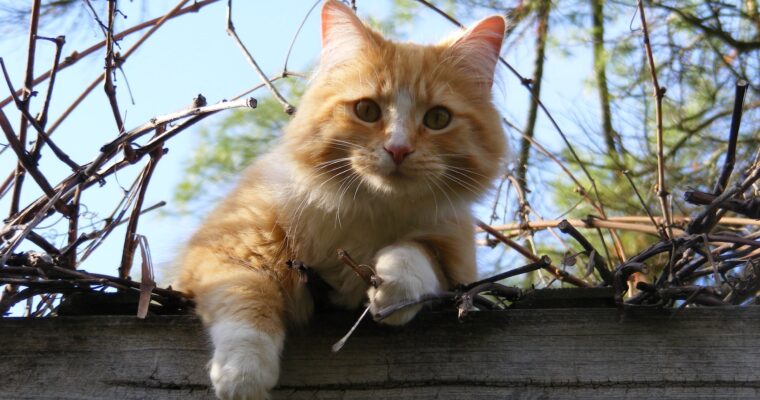How to Make Wildlife Removal Safe for the Animals and the Household
When getting a wildlife removal service, keep several factors in mind. First of all, the animal’s health and safety are paramount. Because wild animals are not domesticated, they can sometimes be aggressive. It would be preferable if you never attempted to remove them yourself, instead hiring wildlife removal services with staff who have completed training and experience in dealing with such animals.
Cost of Wildlife Removal
The cost of wildlife removal varies widely depending on the type of animal, the size and location of the infestation, and whether or not it has caused damage. Some companies charge up to $1,000 for wildlife removal, but typically the cost will be around $200 to $350. Problem wildlife in the home can include raccoons in the attic, squirrels in the garage, or birds in the chimney. In some cases, city wildlife control services will remove the problem animals for free.
Additionally, wildlife damage is often extensive and can be very costly to repair. The best way to minimize damage is to hire a wildlife removal professional as soon as you notice the problem.
Sometimes, homeowners are hesitant to hire a wildlife removal specialist because they fear the cost of hiring a professional. However, there are many benefits to hiring a Fort Worth Wildlife Removal company or a similar company anywhere else. Not only will they get rid of the problem, but they can also prevent further problems. Not only can wildlife damage property, but they can also carry harmful diseases affecting humans and pets. Some types of wildlife can even be dangerous to people, including raccoons.
Trapping
There are two types of wildlife removal methods: live trapping and dead trapping. Live trapping is ideal when you know what to bait the animals with. Deadly traps can be expensive, and you must dispose of them properly. Live trapping is not recommended if the wildlife is causing damage to your property. Trapping is best left to professionals and should be done only after a professional has completed a thorough inspection of your property.
Live trapping is safe for animals and humans, but it’s not ideal for wildlife. Wild animals that are trapped are not usually able to settle into a new environment. When trapped, wild animals often die of starvation. They can’t find food, water, or shelter in unfamiliar places. In addition, live trapping causes the animals to be chased from their territory.
Live trapping is a good option for dealing with a large problem. While this type of wildlife removal is more costly, it’s safer for the animals and the household. Live traps also give technicians more space to work. The downside of live trapping is that you’ll need multiple professionals to deal with the process.
Dead Animal Removal
Dead animals can pose some health risks for the animal and the household, so it is important to remove them safely. Dead animals’ body parts can harbor various bacteria, fungi, and parasites. It is especially dangerous to allow dead animals to remain in your home for long periods, especially if you live in a humid area.
In addition, dead animals can attract flies and maggots. To prevent this problem, it is important to call a professional for dead animal removal. In addition to attracting larger predators, the dead smell can cause a burgeoning flea and fly population. Also, dead animals may produce strange noises behind walls.
Scent-Based Rat Repellents
Scent-based rat repellents are a great way to keep rats away from your house without poisoning the animals or the household. The scent is powerful and deters the animals by making them feel unsafe. They will also avoid areas with citronella oil, which has a strong smell.
The scent of these products disperses into the air quickly, causing the rodents to run away. Some are ultrasonic and begin working immediately after they are plugged in. These repellents produce an unpleasant sound that is not audible to humans but is highly irritating to rodents.
Scent-based rat repellents are sold as sprays, pellets, or packets. They disperse an unpleasant odor that rats cannot stand, and the scent makes them unable to enter. They come in liquid and dry forms, and the sprays leave behind an oily residue. As a result, the pellets and sprays are ideal for positioning around the home’s exterior or interior.







0